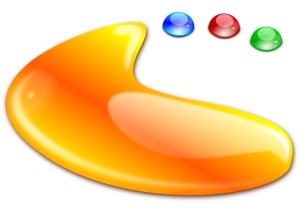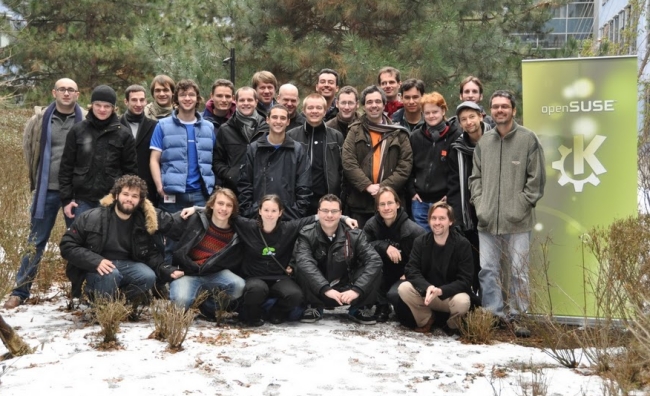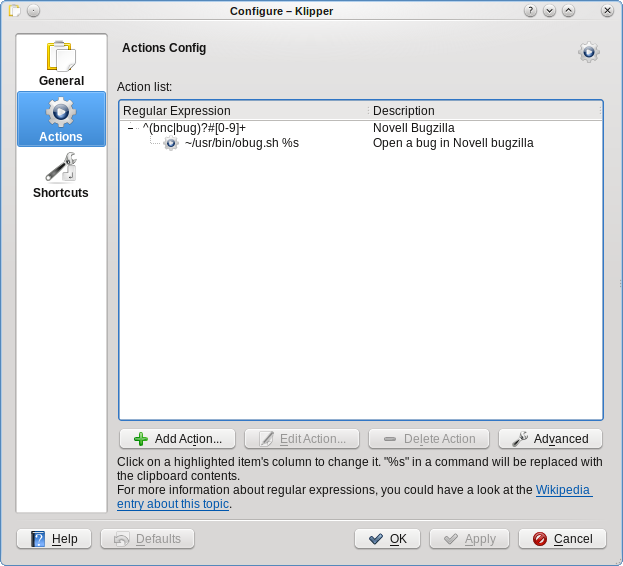 On this week the leading KDE developers met together again. This time it was held in Nürnberg, in the openSUSE premises and was kindly made possible by Novell and KDE e.V.
On this week the leading KDE developers met together again. This time it was held in Nürnberg, in the openSUSE premises and was kindly made possible by Novell and KDE e.V.
26 hackers, who make KDE better.
For me it was first time, where I met hackers not for drinking a cup of beer, but for working, for hacking, for learning… and I think in this time I got much more fun.
We started at 9-10 am and finished it at 1-2 am. Yes, these two days we hacked like crazy. I’m not so good in KDE, I mean – I’m just trainee in SUSE/Novell, but in these two days I took a lot of information about KDE (arhitecture), Solid, Plasma, methods of project’s buildings (cmake), etc.
I have uploaded photos. You can find these here.
I have worked before on KNetworkManager. It was just a couple of patches (Qt/KDE3 based), and KNM has another aspects of integration with hardware as we have now in KDE4. In KDE4 we have SOLID, and this makes more easy to asking for such things like, for example, wired connection or to find hidden SSID wi-fi…
Yes, my current project is Network Management plasma applet.
With Sebastian Kügler and Will Stephenson, we worked together on functionality to easily connect to wired, wireless and mobile broadband networks and also to VPNs. As I said, I don’t did so much, but I started working on support for connection. Maybe next month I will be able to show that I did.
I would like to thank everyone with whom I spent those 2 days. Especially Will, who always supports and helps me to become a KDE developer.





